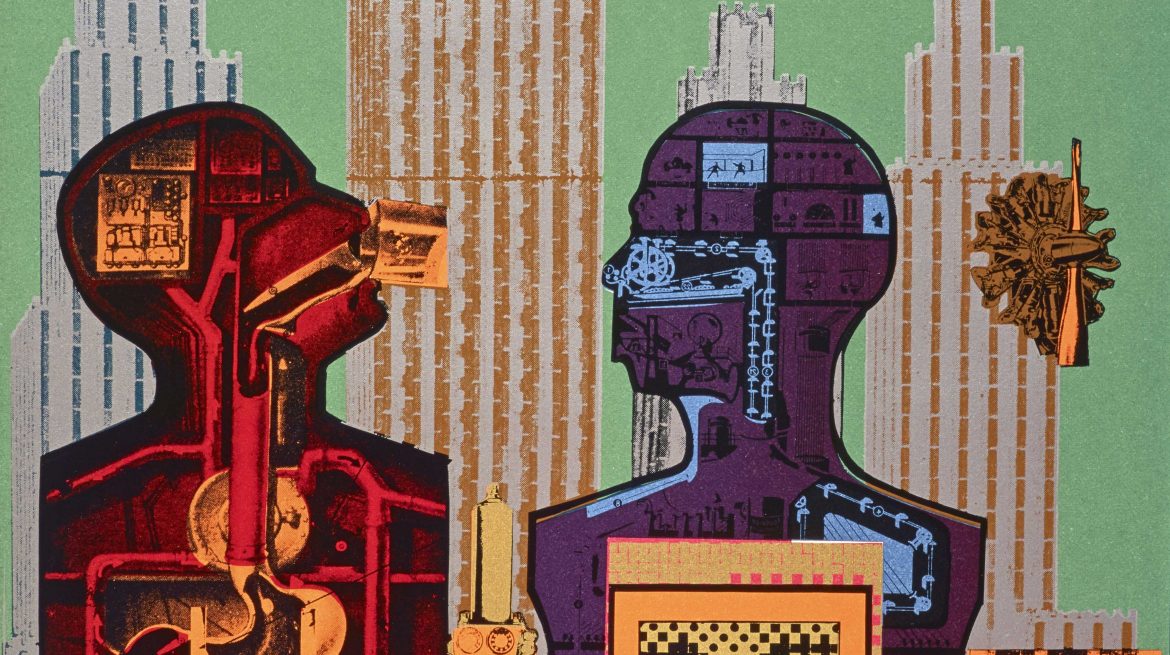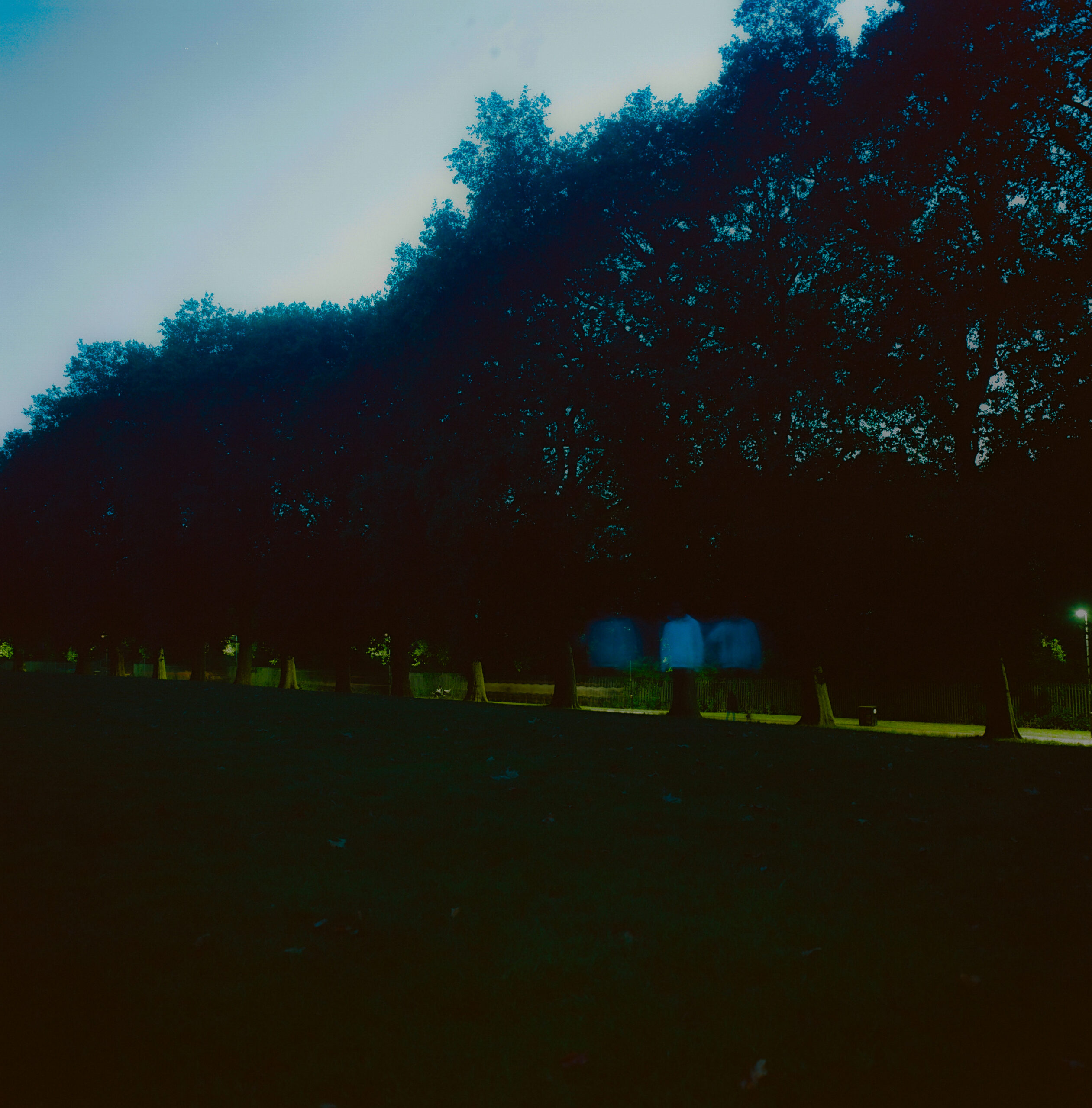Review: Eduardo Paolozzi At Whitechapel Gallery

This show at Whitechapel Gallery is an outstanding retrospective of the Scottish-born artist who died in 2005. Following his teenage internment during the Second World War due to his parents’ Italian nationality, his postwar career takes flight in the following decades. Taking the visitors through the chronology of his work, there’s a multifarious vision in textile, sculpture, collage, public art, tapestry, film and printmaking.
His 1950s pattern work is like a more frenetic, vibrant echo of the Arts and Crafts movement before him, while during the same period he produced bronzes rife with gears and symbols of industrial modernism. Looking at his screenprints, you can see precisely when sixties psychedelia begins to percolate into his style. These are perhaps the standout works in the show: appearing as if created in the computer age, and look like a form of generated art, where psychedelia has married a rigorous design method. Maybe for this reason they defy the visual cliches that came to befall so much psychedelic art of this time.
The later rooms of the exhibition show his wider influence, working on a grander scale and still maintaining a playful variety of media. There’s even Scot jazz saxophonist Martin Kershaw’s ’Hero as Riddle’ playing in the final room – composed in response to the eponymous Paolozzi piece.
Ever the forward-thinker, throughout the 1970s Paolozzi produced a series of chrome sculptures, knowingly appropriating the palette of the future. Whilst initially concerned about the fate of his mosaics I would often admire in Tottenham Court Road underground station, I realised his colourful exuberance is perhaps now more vital in the station’s new chrome-and-glass renovation. It’s not surprising he was a friend of J.G. Ballard, as his work seems like a grand project to banish the ennui of Ballardian Britain.
The exhibition runs until the 14th of May, more details can be found HERE.



















![2354_WALLET_FOR_VINYL_313X313_SPINE_3MM [Convertido]](https://www.theransomnote.com/wp-content/uploads/2024/04/SLEEVE-FRV046-copia.jpg)


